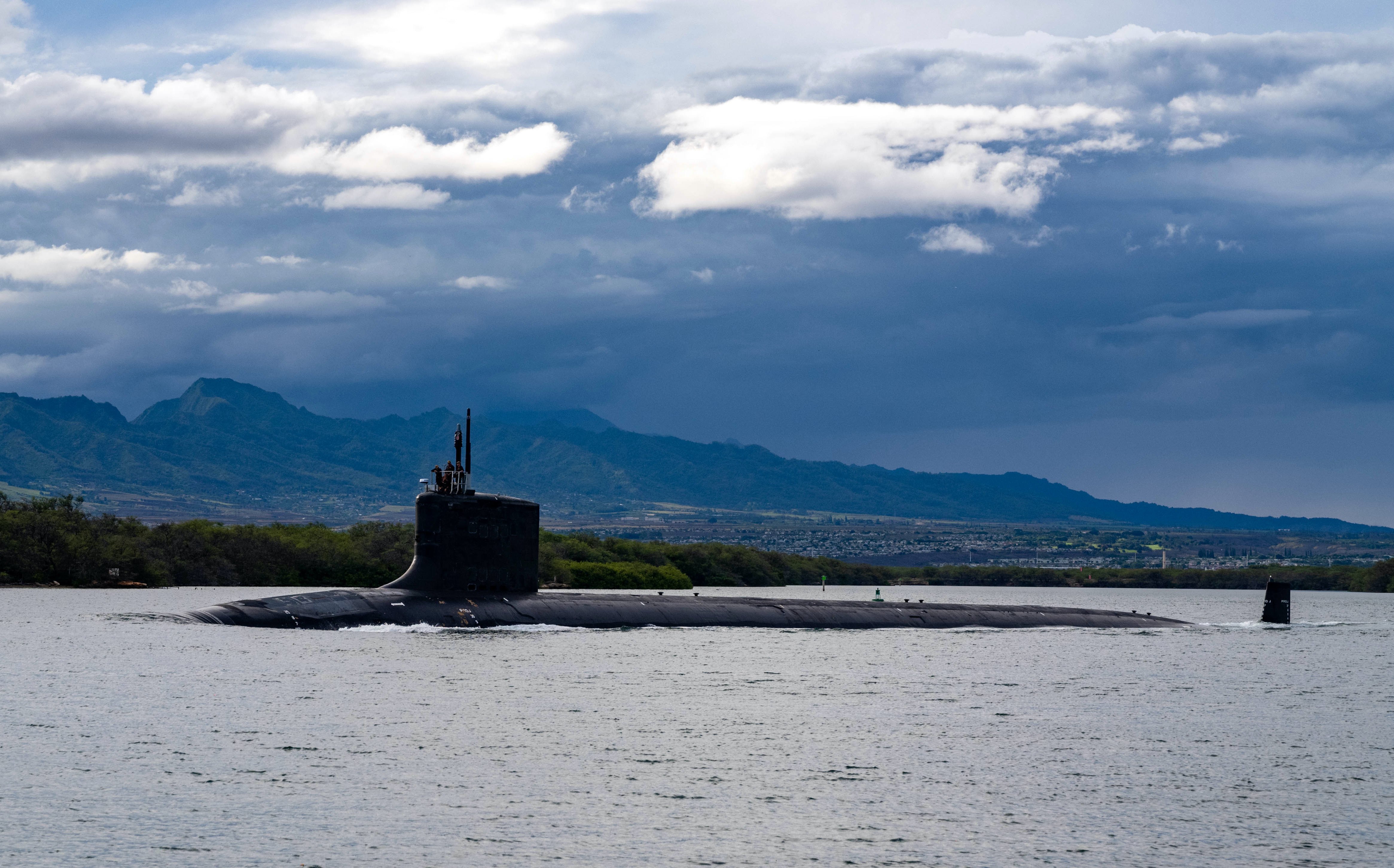
Report to Congress on SSN(X) Next-Generation Attack Submarine
The following is the July 23, 2023, Congressional Research In Focus report, Navy Next-Generation Attack Submarine (SSN[X]) Program: Background and Issues for Congress.…

Copyright 2024 U.S. Naval Institute. All Rights Reserved.